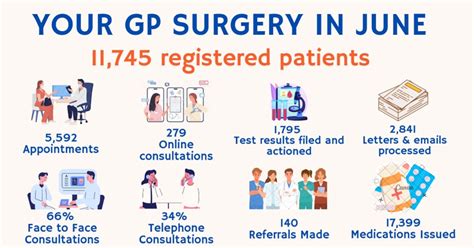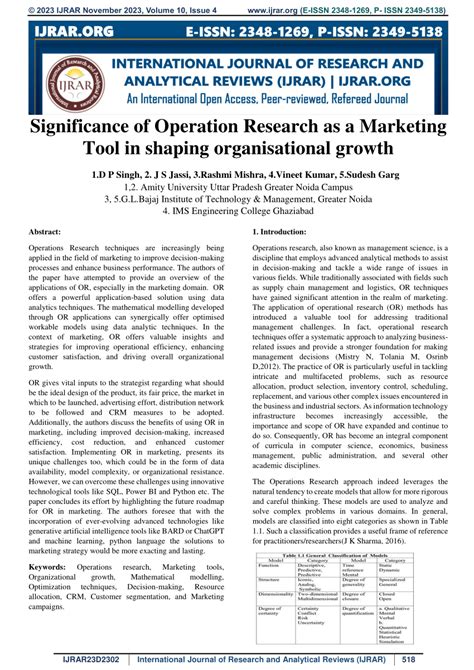Intro
Discover key facts about Clopidogrel, a blood thinner, including its uses, side effects, and interactions, to understand this antiplatelet medications role in preventing heart attacks and strokes, and managing cardiovascular diseases effectively.
Clopidogrel, a medication widely used to prevent blood clots, has been a crucial component in the management of cardiovascular diseases for decades. Its effectiveness in reducing the risk of heart attacks and strokes has made it a staple in the pharmaceutical arsenal against coronary artery disease. However, like any medication, clopidogrel comes with its own set of benefits, risks, and considerations that patients and healthcare providers should be aware of. Let's delve into the world of clopidogrel, exploring its mechanisms, benefits, and the critical aspects that make it a vital yet complex drug.
The importance of clopidogrel lies in its ability to inhibit platelet activation and aggregation, a process fundamental to the formation of blood clots. By targeting a specific receptor on platelets, clopidogrel effectively reduces the likelihood of clot formation, thereby decreasing the risk of cardiovascular events such as myocardial infarction (heart attack) and cerebrovascular accidents (stroke). This action makes clopidogrel particularly beneficial for patients who have suffered from such events in the past or are at high risk due to underlying conditions like atherosclerosis.
The mechanism through which clopidogrel exerts its effects is intricate and involves the irreversible inhibition of the P2Y12 receptor on platelets. This receptor plays a key role in platelet activation and aggregation by binding to adenosine diphosphate (ADP). By irreversibly inhibiting this receptor, clopidogrel ensures that platelets are less responsive to stimuli that would normally lead to clot formation. This irreversible inhibition is a double-edged sword; on one hand, it ensures a consistent effect throughout the lifespan of the platelet (about 7-10 days), but on the other hand, it means that once a platelet is affected, its function cannot be restored until new platelets are produced.
Introduction to Clopidogrel

Understanding clopidogrel's role in modern medicine requires a look into its history and development. First approved by the FDA in 1997, clopidogrel was seen as a breakthrough in antiplatelet therapy, offering an alternative to older drugs like aspirin with potentially fewer side effects. Its introduction marked a significant shift in how cardiovascular diseases were managed, providing a new tool for physicians to reduce the risk of adverse cardiac events in their patients.
Benefits of Clopidogrel

The benefits of clopidogrel are multifaceted, ranging from its efficacy in preventing clot formation to its relatively favorable side effect profile compared to other antiplatelet agents. For patients with acute coronary syndrome or those undergoing percutaneous coronary intervention (PCI), clopidogrel, often in combination with aspirin, has become a standard part of treatment to prevent recurrent events. Its ability to reduce the risk of myocardial infarction, stroke, and other cardiovascular events has made it an indispensable component of cardiovascular medicine.
Key Benefits
- Reduced risk of heart attack and stroke in patients with a history of these conditions or at high risk. - Effective in patients undergoing PCI to prevent clot formation on stents. - Generally well-tolerated, with common side effects being mild and transient.Working Mechanism of Clopidogrel

The working mechanism of clopidogrel involves the inhibition of the P2Y12 receptor on platelets, which is crucial for the activation and aggregation of platelets. This process is complex and involves several steps:
- Ingestion and Metabolism: Clopidogrel is ingested orally and then metabolized in the liver into its active form.
- Binding to P2Y12 Receptor: The active metabolite of clopidogrel binds irreversibly to the P2Y12 receptor on platelets.
- Inhibition of Platelet Activation: By binding to the P2Y12 receptor, clopidogrel inhibits platelet activation and aggregation, which is crucial for the formation of blood clots.
Risks and Considerations

While clopidogrel is generally safe and effective, there are risks and considerations that patients and healthcare providers must be aware of. One of the most significant risks is bleeding, as the inhibition of platelet function can lead to an increased risk of bleeding complications. This risk is particularly pronounced in patients who are also taking other anticoagulant medications or have underlying bleeding disorders.
Key Risks
- Increased risk of bleeding, which can range from mild (like bruising) to severe (like gastrointestinal bleeding). - Potential for drug interactions, particularly with other medications that affect platelet function or bleeding risk. - Need for careful monitoring in patients with renal or hepatic impairment, as clopidogrel's metabolism and excretion may be affected.Practical Considerations for Patients

For patients taking clopidogrel, there are several practical considerations to keep in mind:
- Monitoring: Regular monitoring of bleeding risk and platelet function may be necessary.
- Lifestyle Adjustments: Patients may need to make lifestyle adjustments to minimize the risk of bleeding, such as avoiding contact sports or using electric razors instead of straight razors.
- Adherence: Adhering to the prescribed regimen is crucial to ensure the effectiveness of clopidogrel and minimize risks.
Future Directions and Research

Research into clopidogrel and its role in cardiovascular medicine is ongoing, with studies focusing on optimizing its use, minimizing risks, and exploring new applications. One area of interest is the development of personalized antiplatelet therapy, where genetic testing could help identify which patients are most likely to benefit from clopidogrel versus other antiplatelet agents. Additionally, there is a push for the development of newer antiplatelet drugs that may offer improved safety and efficacy profiles.
As we conclude our exploration of clopidogrel, it's clear that this medication has revolutionized the management of cardiovascular diseases. However, its use requires careful consideration of the benefits and risks, as well as ongoing research to optimize its application in clinical practice. We invite readers to share their experiences or questions about clopidogrel, contributing to a broader understanding of this vital medication.
What is clopidogrel used for?
+Clopidogrel is used to prevent blood clots in patients with cardiovascular diseases, reducing the risk of heart attacks and strokes.
How does clopidogrel work?
+Clopidogrel works by inhibiting the P2Y12 receptor on platelets, which prevents platelet activation and aggregation, thereby reducing the formation of blood clots.
What are the common side effects of clopidogrel?
+Common side effects of clopidogrel include bleeding (ranging from bruising to more severe bleeding events), diarrhea, and abdominal pain.
